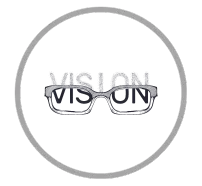Eye Health
The Role of Regular Eye Exams in Detecting Early Glaucoma
FSDAVCFEBFEVSDDVFSD
FSDAVCFEBFEVSDDVFSD
FSDAVCFEBFEVSDDVFSD
Glaucoma and Eye Exams
Regular eye exams are essential in detecting glaucoma, a condition often called the "silent thief of sight" because it typically progresses without noticeable symptoms. Many people are unaware they have glaucoma until they experience significant vision loss. By the time symptoms like vision loss or blind spots become apparent, the damage is often irreversible. This is why routine vision checkups are so important.
They allow for the early detection of glaucoma through various tests, such as measuring intraocular pressure and examining the optic nerve. Early detection through regular eye exams can lead to timely treatment, helping to prevent further vision loss and maintain overall eye health.
Regular eye exams are essential in detecting glaucoma, a condition often called the "silent thief of sight" because it typically progresses without noticeable symptoms. Many people are unaware they have glaucoma until they experience significant vision loss. By the time symptoms like vision loss or blind spots become apparent, the damage is often irreversible. This is why routine vision checkups are so important.
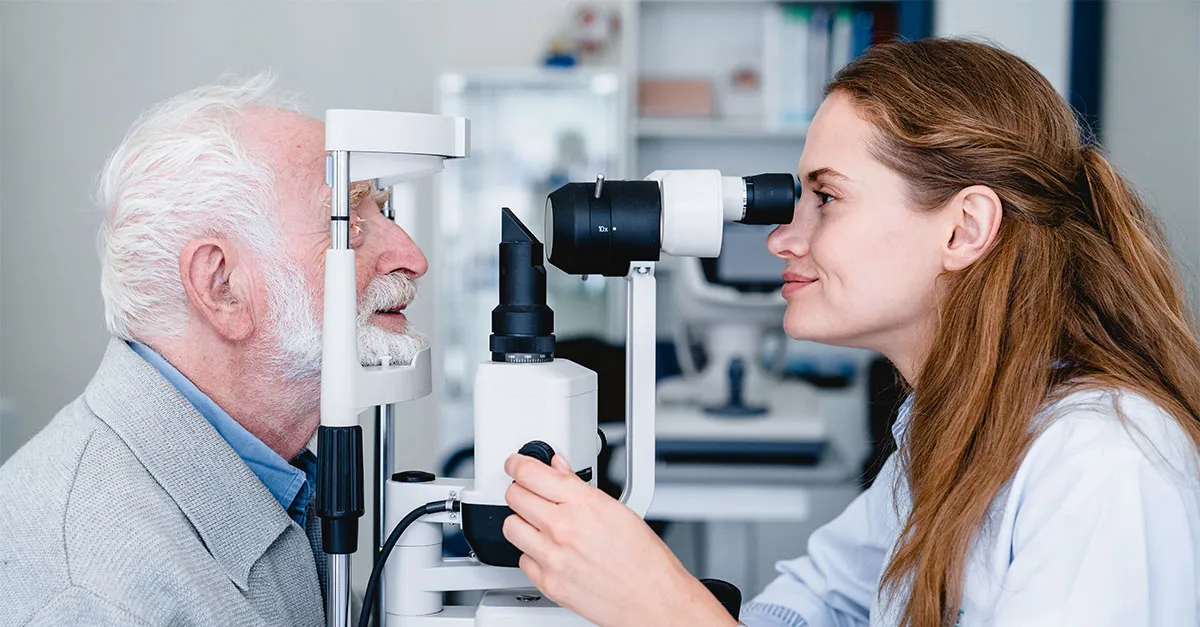
They allow for the early detection of glaucoma through various tests, such as measuring intraocular pressure and examining the optic nerve. Early detection through regular eye exams can lead to timely treatment, helping to prevent further vision loss and maintain overall eye health.

Importance of Comprehensive Exams
A comprehensive eye exam is crucial in diagnosing glaucoma early, as it includes critical tests like tonometry, which measures intraocular pressure (IOP). Elevated IOP is a major risk factor for glaucoma, and tonometry helps detect this condition before any noticeable symptoms appear. Regular IOP measurements during eye exams are essential for catching glaucoma early, allowing for timely treatment to prevent significant vision loss.
Another vital component of a comprehensive eye exam is Optical Coherence Tomography (OCT). This advanced imaging technology provides detailed views of the optic nerve and retinal structures, allowing for the detection of subtle changes that may indicate the onset of glaucoma. By identifying these early glaucoma signs, OCT plays a key role in managing the disease before it progresses to more severe stages.
In addition to tonometry and OCT, comprehensive exams also include visual field testing and ophthalmoscopy. These tests assess peripheral vision and optic nerve health, respectively, offering a full picture of eye health. Together, these tools make comprehensive eye exams indispensable for glaucoma detection and effective eye care management, ensuring that any changes in eye health are monitored closely
Advancements in Glaucoma Detection
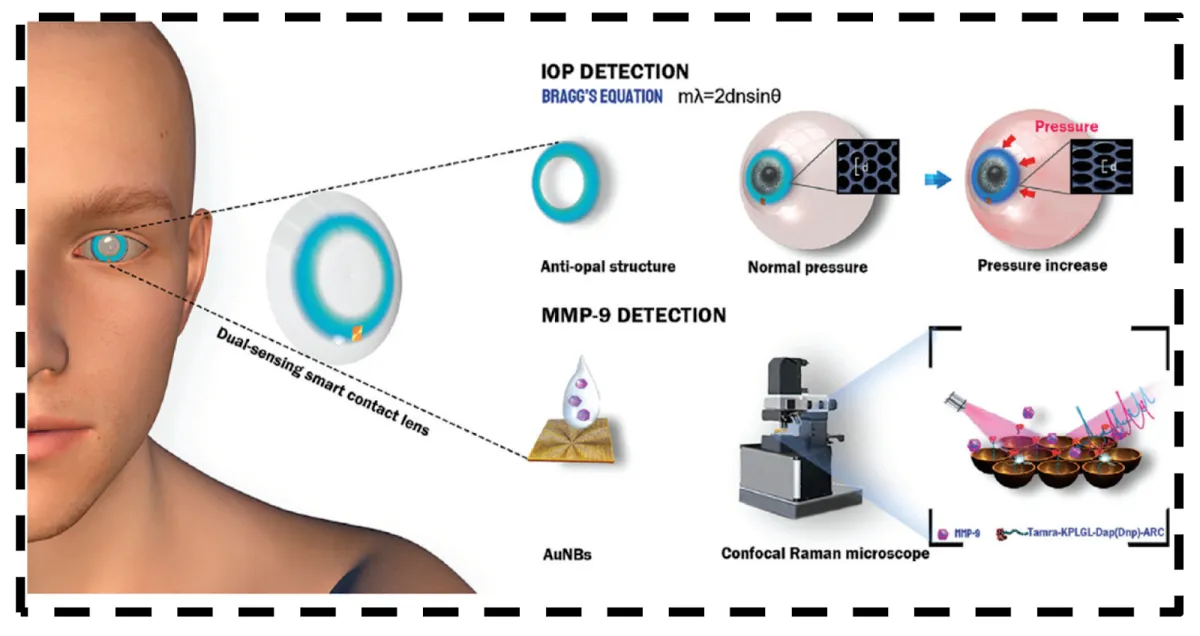
Recent innovations in glaucoma detection have significantly improved the ability to diagnose this condition early. Technologies like Optical Coherence Tomography (OCT) now allow for detailed imaging of the optic nerve and retina, helping eye care professionals spot subtle changes that indicate glaucoma. These advanced tools enable earlier and more accurate detection, which is crucial for preventing vision loss. Moreover, enhanced visual field testing has become a key part of glaucoma screening. Modern visual field analyzers can detect minor changes in peripheral vision, an area often affected first by glaucoma.
Recent innovations in glaucoma detection have significantly improved the ability to diagnose this condition early. Technologies like Optical Coherence Tomography (OCT) now allow for detailed imaging of the optic nerve and retina, helping eye care professionals spot subtle changes that indicate glaucoma. These advanced tools enable earlier and more accurate detection, which is crucial for preventing vision loss. Moreover, enhanced visual field testing has become a key part of glaucoma screening. Modern visual field analyzers can detect minor changes in peripheral vision, an area often affected first by glaucoma. This allows for timely intervention, crucial in managing the disease before it progresses to more severe stages.

This allows for timely intervention, crucial in managing the disease before it progresses to more severe stages. These advancements are now being integrated into routine vision checkups and eye health monitoring, making them accessible to more patients. OCT, for example, provides a detailed map of the retina, revealing early signs of glaucoma that might not be visible through standard examinations. By incorporating OCT and advanced visual field testing into regular checkups, eye care professionals can track the progression of glaucoma more effectively. This allows for better-informed decisions about treatment adjustments, ensuring that patients receive the care they need when it’s most effective.
For those at higher risk of glaucoma—such as individuals with a family history of the disease or those with elevated intraocular pressure—these technologies are particularly beneficial. Regular monitoring using these advanced tools provides crucial insights that can help in customizing treatment plans to the specific needs of each patient. By identifying changes early, these innovations help prevent significant vision loss and improve the overall management of glaucoma, allowing patients to maintain their quality of life.
Ophthalmoscopy and Gonioscopy
Ophthalmoscopy and gonioscopy are critical tests in the diagnosis of glaucoma. Ophthalmoscopy allows eye care professionals to examine the optic nerve, which is often damaged by glaucoma. By looking at the shape and color of the optic nerve, doctors can detect early signs of the disease, such as increased cupping or thinning of the retinal nerve fiber layer. This test is essential for catching glaucoma before it leads to significant vision loss.
Gonioscopy, on the other hand, is used to evaluate the drainage angle of the eye, where the iris meets the cornea. This angle is crucial for fluid drainage from the eye, and abnormalities here can lead to increased intraocular pressure, a major risk factor for glaucoma. By assessing the drainage angle, gonioscopy helps determine the type of glaucoma and guides the appropriate treatment. Together, ophthalmoscopy and gonioscopy provide a comprehensive view of the eye's health, allowing for early detection and effective management of glaucoma.
Monitoring Eye Health
Regular eye exams are essential in detecting glaucoma, a condition often called the "silent thief of sight" because it typically progresses without noticeable symptoms. Many people are unaware they have glaucoma until they experience significant vision loss. By the time symptoms like vision loss or blind spots become apparent, the damage is often irreversible. This is why routine vision checkups are so important.
They allow for the early detection of glaucoma through various tests, such as measuring intraocular pressure and examining the optic nerve. Early detection through regular eye exams can lead to timely treatment, helping to prevent further vision loss and maintain overall eye health.
Regular eye exams are essential in detecting glaucoma, a condition often called the "silent thief of sight" because it typically progresses without noticeable symptoms. Many people are unaware they have glaucoma until they experience significant vision loss. By the time symptoms like vision loss or blind spots become apparent, the damage is often irreversible. This is why routine vision checkups are so important.
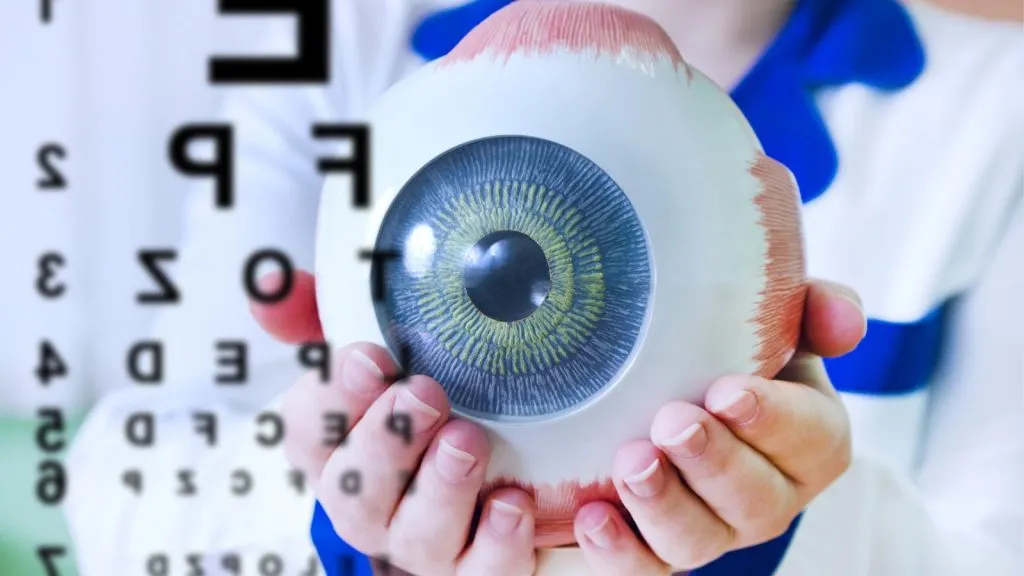
They allow for the early detection of glaucoma through various tests, such as measuring intraocular pressure and examining the optic nerve. Early detection through regular eye exams can lead to timely treatment, helping to prevent further vision loss and maintain overall eye health.

Glaucoma Risk Factors
Several factors increase the risk of developing glaucoma, with age being one of the most significant. People over the age of 60 are more likely to develop this condition, and the risk increases even more after the age of 70. Additionally, those with a family history of glaucoma are at a much higher risk. Genetics play a key role, making it important for individuals with affected relatives to have regular eye exams to detect any early signs of the disease.
High intraocular pressure (IOP) is another major risk factor for glaucoma. Elevated IOP can damage the optic nerve, leading to the gradual loss of vision. Regular monitoring of eye pressure is essential, especially for those already identified as being at risk. Other risk factors include having thin corneas, being of African, Hispanic, or Asian descent, and having conditions like diabetes or high blood pressure. These factors make it crucial to undergo frequent vision checkups to monitor eye health and catch any signs of glaucoma early.
Prevention and early detection are key in managing glaucoma risk. Regular eye exams can help identify those at risk and allow for timely intervention. For high-risk individuals, these exams are vital for preventing the progression of glaucoma and minimizing the potential for vision loss. By staying vigilant and attending regular checkups, those at risk can better manage their eye health and maintain their vision.
Kleinwood Vision’s Expertise
Kleinwood Vision offers specialized care in glaucoma diagnosis and management, utilizing advanced diagnostic tools like Optical Coherence Tomography (OCT) and tonometry. These state-of-the-art technologies enable early detection of glaucoma by providing detailed images of the optic nerve and accurately measuring intraocular pressure. Early diagnosis is critical in preventing vision loss, and Kleinwood Vision’s commitment to using the latest tools ensures that patients receive the best possible care.
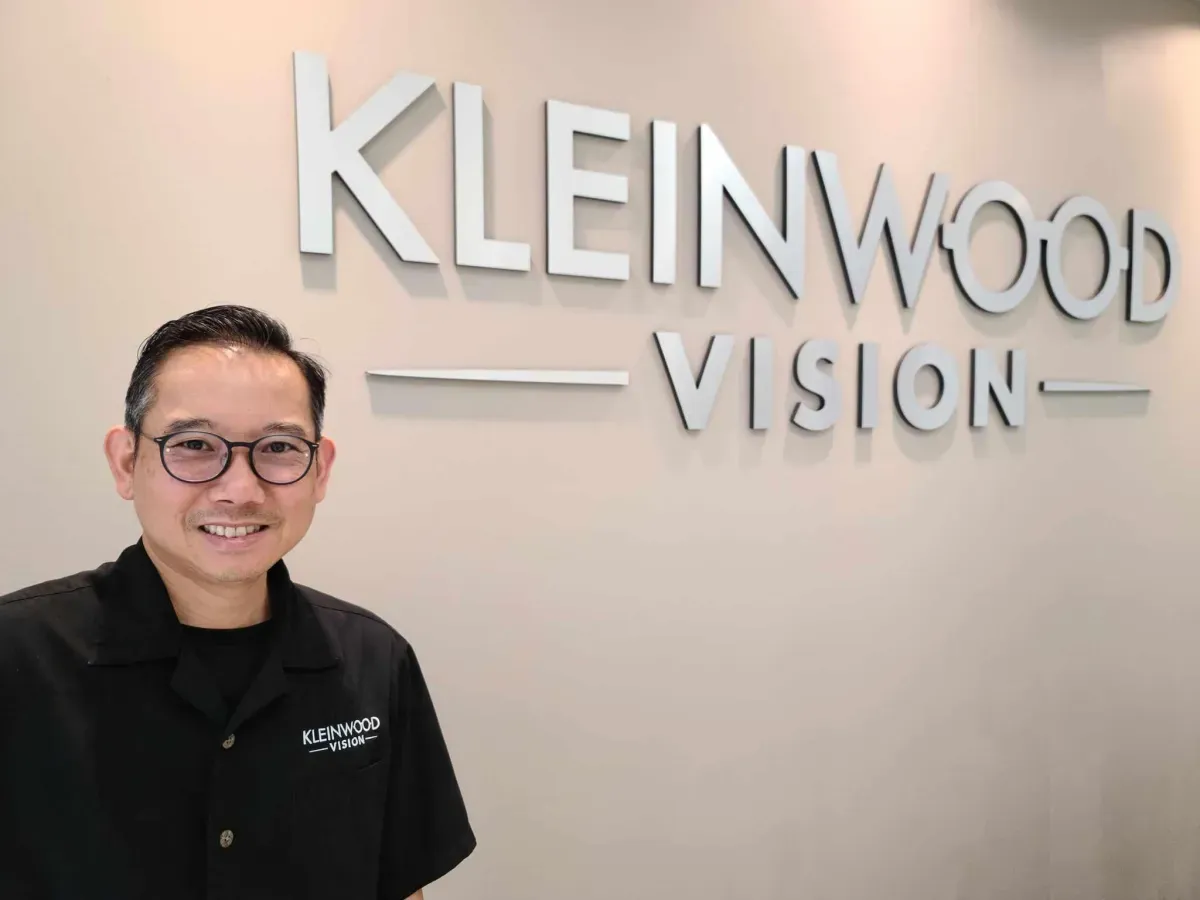
Kleinwood Vision offers specialized care in glaucoma diagnosis and management, utilizing advanced diagnostic tools like Optical Coherence Tomography (OCT) and tonometry. These state-of-the-art technologies enable early detection of glaucoma by providing detailed images of the optic nerve and accurately measuring intraocular pressure. Early diagnosis is critical in preventing vision loss, and Kleinwood Vision’s commitment to using the latest tools ensures that patients receive the best possible care.
Beyond advanced diagnostics, Kleinwood Vision prides itself on delivering personalized care tailored to each patient’s unique needs. The expert team at Kleinwood Vision designs customized treatment plans that address the specific risks and conditions of each patient, whether they are at high risk for glaucoma or already managing the disease. This comprehensive approach makes Kleinwood Vision a trusted choice for effective glaucoma detection, prevention, and ongoing eye health management.
Beyond advanced diagnostics, Kleinwood Vision prides itself on delivering personalized care tailored to each patient’s unique needs. The expert team at Kleinwood Vision designs customized treatment plans that address the specific risks and conditions of each patient, whether they are at high risk for glaucoma or already managing the disease. This comprehensive approach makes Kleinwood Vision a trusted choice for effective glaucoma detection, prevention, and ongoing eye health management.
Protect Your Vision
Taking proactive steps to protect your vision is essential, especially when it comes to preventing vision loss from glaucoma. Scheduling a comprehensive eye exam at Kleinwood Vision is the first step towards safeguarding your eye health. Early glaucoma detection allows for timely interventions and tailored treatments, significantly reducing the risk of severe vision impairment. By catching glaucoma in its early stages, you can maintain your vision and enjoy a higher quality of life.
Regular eye exams are crucial for monitoring any changes in your eye health, particularly if you are at higher risk for glaucoma. Kleinwood Vision’s experienced team offers personalized care, using advanced diagnostic tools to ensure accurate assessments and effective treatment plans. Don't wait until symptoms appear; early detection is key to preventing vision loss and preserving your eye health for the future.

Contact Info
Hours of Operation
Mon - Fri | 9:00 AM - 5:00 PM
Sat - Sun | Closed
Holiday Hours: We are closed for the following holidays: New Years Day, Memorial Day, Independence Day, Labor Day, Thanksgiving Day, Christmas Day
© 2025 Kleinwood Vision. All rights Reserved.

